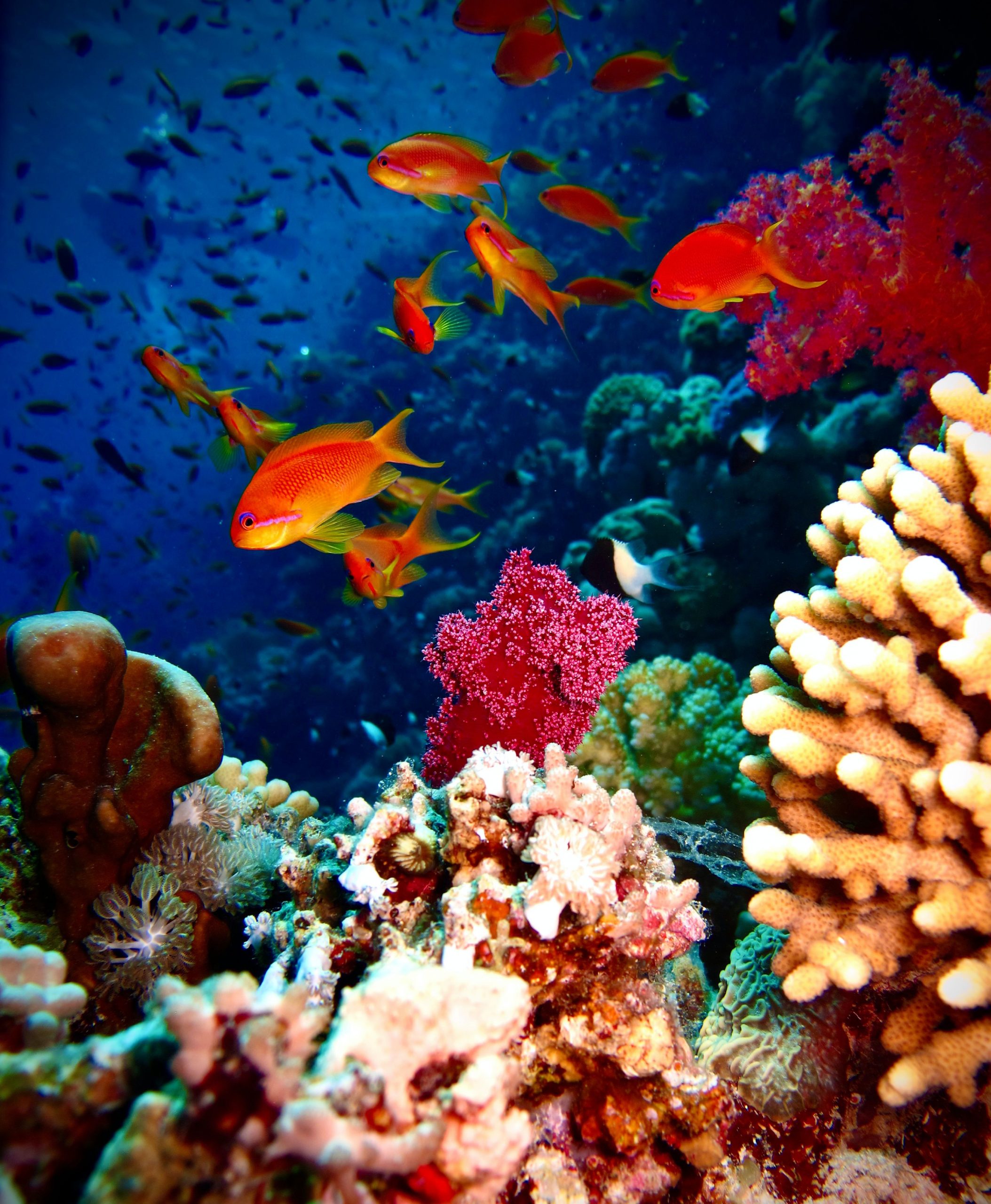A
730-kilometres-long marine ‘superhighway’ deep in the Pacific Ocean between the
marine reserves of Ecuador’s Galapagos Islands and Cocos Island off the coast
of Costa Rica is vital to sea life. Sea turtles, whale sharks and hammerhead
sharks often find themselves along this route, looking for a place to nest or
foraging for food, reports CNN.
Also Read | Gold fish more than one foot in size found in Minnesota, warning issued
But the
route is full of dangers. Unlike the marine reserves on either end, the swim-way
is open to fishing vessels. Populations of many of migratory species that pass
along this way have been dwindling for a while, many of them are endangered,
their populations declining further.
If these
animals have to be protected, it is not enough to protect biodiversity hotspots
around the islands, but extend to the swim-way, says Alex Hearn, professor of
biology and founder of MigraMar — a coalition of scientists and environmental
groups.
Also Read | Minnesota city advises against releasing gold fish into lakes
Professor
Hearn and his team have been campaigning for a decade for the entire swim-way
to be protected. This would extend fishing restrictions beyond the current
22-kilometre radius around Cocos Island and the 74-kilometre radius around the
Galapagos Islands, creating a narrow, protected channel between the two. An
area stretching over 240,000 square kilometres would have to be protected.
Also Read | US warns China on military action on the Philippines in South China Sea
The biggest
threat to marine life along the swim-way right now is fishing. Marine species
get caught in fishing vessels, entangled in nets, and in case of sharks are
even hunted for their meat and fins.
But fishing
is easier to control than many of the other threats they face, like climate
change, said Todd Steiner, executive director of the Turtle Island Restoration
Network and another founding member of MigraMar.
Also Read | Record-breaking heatwave killed a billion sea animals off Canada coast
Coastal
countries can restrict activities in their territorial waters, but the Cocos–Galapagos
swim-way falls under the jurisdiction of both Ecuador and Costa Rica, explains
Todd, adding, “a couple of signatures on a piece of paper can start the process
to protect this vitally important ecological area.”
Also Read | How do otters stay hotter? Scientists finally have an answer
Ecuador
and Costa Rica are currently considering plans to protect the swim-way. Both
nations are signatories to the Global Ocean Alliance, a UK-led initiative that
calls for 30% of the ocean to be protected by 2030.







